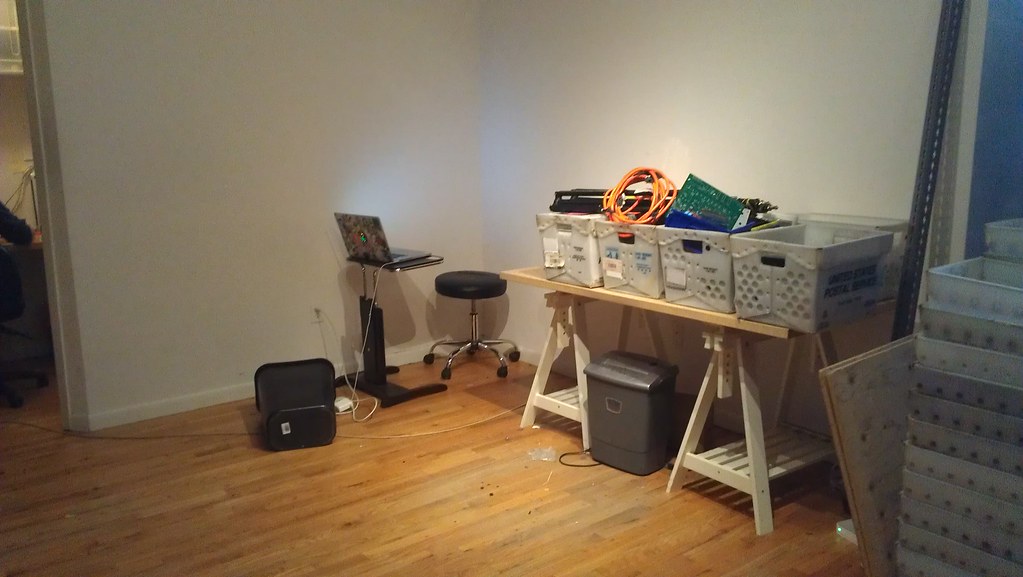Office relocation is an exciting sign of growth, but it can also be quite disruptive to workflow. Proper planning will help ensure a smooth transition and make sure that you didn’t leave anything behind.
1. Check with Your Landlord
If your office is relocating before the end of your lease, you may be required to pay a fee or surrender your deposit. These terms can often be negotiated with your landlord.
Make sure you understand the condition in which your company must leave the office space. Some items, like cubicles or furniture, may actually be part of the lease.
The landlord may be able to assist with the relocation process and can notify customers after you have moved. Notify them as soon as the plan for your relocation becomes certain.

2. Post a Relocation Letter
Your customers need to know that you’ll be moving. The sooner that this information is made available, the more customers you will be able to reach.
- Post a relocation message on your website where all visitors will be able to see it. Leave this information up well after the move; a customer from last year may be trying to find you.
- Draft a relocation letter and send it to all clients on your mailing list.
- Mention your relocation in the company voicemail message.
- Finally, post a relocation letter on your office door a month or two before the move.
3. Set Up Internet and Phone Service
A single day without internet service will be quite detrimental to productivity. Call your internet provider in advance of the relocation and arrange for service at your new location. Complete the installation a few days before the staff will be in the building; this leaves room to fix any problems as they arise.
Always try to transfer your phone number to the new location. Otherwise, clients may not be able to find your new contact information.
4. Update Your Online Presence
Your company’s social media accounts should always reflect the most current information. Your business may also be listed in online directories; make sure that this information is accurate.
Update your web presence to reflect your new address, working hours, and contact information. If any of your online profiles have room for a message, mention your relocation in advance.
5. Account for All Property
If your business keeps paper files of any sort, ensure that they are all present for the move. Create a temporary cabinet for any files created during the move, and file them correctly after the relocation is complete.
You should also develop an inventory of everything in your current office. On the other side of the relocation, run over this list and account for everything. Use this opportunity to restock on office supplies and other necessities.

6. Consider Employee Needs
Make sure all employees are aware of the relocation and have directions to the new building. Consider holding a housewarming party shortly before the transition; this will give everyone a chance to find the new office before the first official workday.
If employees will need parking permits, key cards, or access codes, distribute this information as early as possible. Have extra key cards and be ready to help a few confused staff members. As a courtesy, consider developing a list of local restaurants and delivery services. This will help staff familiarize themselves with the new area.
Office relocation doesn’t happen very often. Allocate staff hours and other resources to ensure a successful move.

